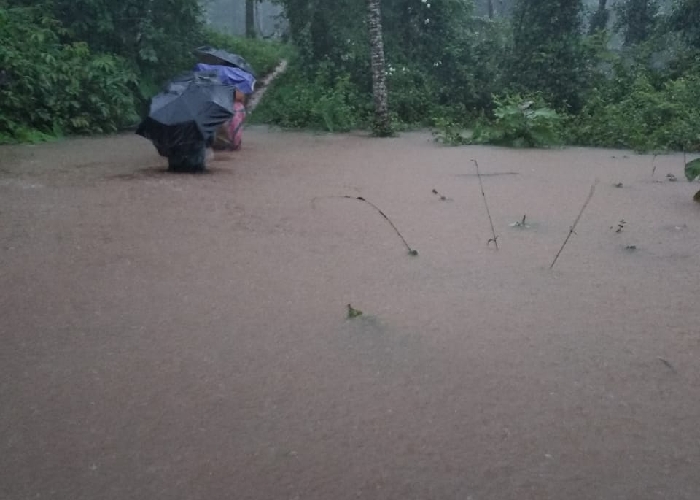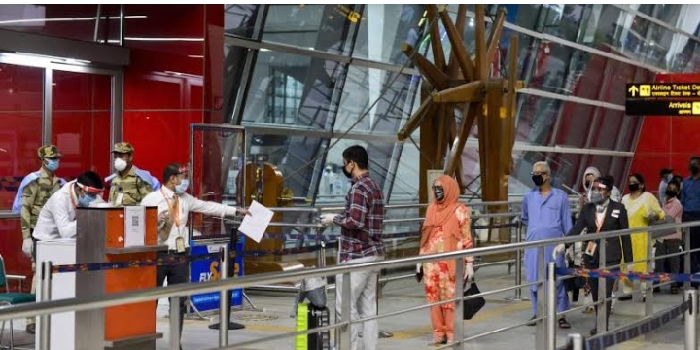
Pathanamthitta, Aug 9 : An orange alert has been issued in Kerala's Pathanamthitta district as the water level in Pamba dam is now flowing at 983.05 metres and it is likely to reach 983.50 metres within an hour.
A red alert will be declared at 984.5 metres and dam will open when the water level reaches 985 metres.
"The water level in Pamba dam is 983.05 metres now and is likely to reach 983.50 metres within an hour. So, the second alert- orange alert has been issued. A red alert will be declared at 984.5 metres and dam will open when it reaches 985 metres," said Pathanamthitta District Collector.
Meanwhile, a portion of the Shiva Temple in Aluva continues to remain submerged. However, the water level in the Periyar River is receding gradually and more part of the temple is above the water level now.
As Kerala has been receiving heavy rain for the past few days, severe waterlogging affects traffic movement at Mannuthy bypass in Thrissur on Saturday.
On Friday, the India Meteorological Department (IMD) had issued a red alert in Kozhikode district. It had also predicted rainfall in different parts of the state.
Due to heavy downpour, a massive landslide had occurred in Idukki district recently. The death toll in Idukki landslide has risen to 26, Kerala Chief Minister Pinarayi Vijayan said on Saturday.
The Chief Minister said that monsoon fury continues to be severe in the state.





Comments
Add new comment